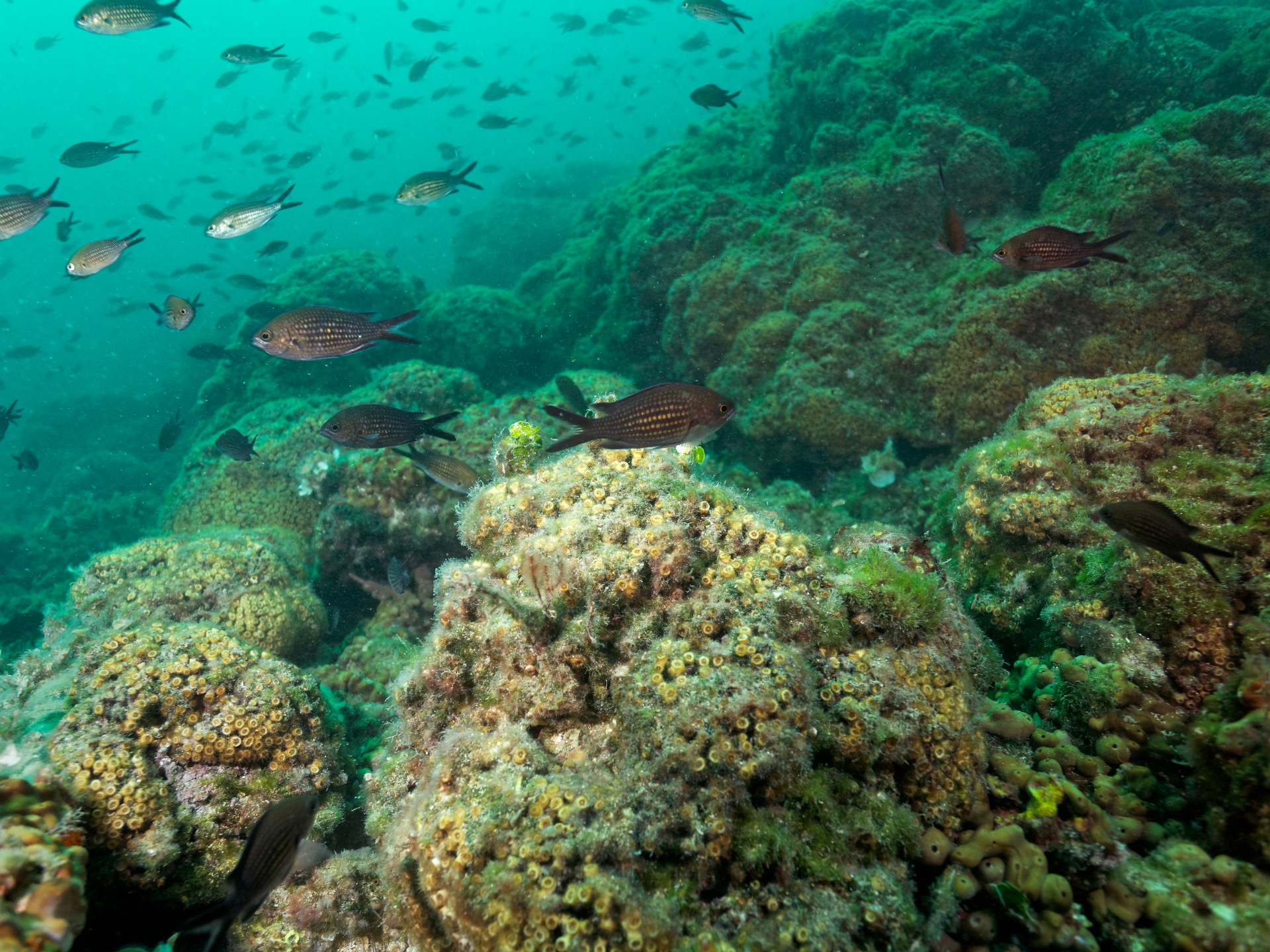The discovery of pollutants found in coral skeletons spans decades and paints a clear picture of the extent of human impact on the environment (Shutterstock)
Researchers have found pollutants from burning fossil fuels mixed with Mediterranean coral reefs for the first time, providing scientists with a potential new tool to trace the history of pollution in the Mediterranean coral reef environment.
In the study published on February 8 in the journal Science of the Total Environment, its authors said that finding this type of pollution - known as fly ash or spherical carbon particles - is an indication of the presence of human influence on the environment, and a historical mark. For the beginning of the Anthropocene.
Corals are small invertebrates that tend to live in vast colonies, ingesting spherical carbon pollutants from the surrounding waters, incorporating them as they grow their calcium carbonate skeletons.
Coral reefs have been largely used to measure past climate conditions such as water temperatures and chemistry (Shutterstock)
Natural archive
Some researchers prefer to separate the time period that began with the start of the Industrial Revolution in Western Europe in the eighteenth century and until now, from the Holocene era, and call it the “Anthropocene” or “Anthropocene,” while others believe that this influence predates that date.
Their argument in this chapter, which raises a deep disagreement among those concerned with the history of the Earth, is that since that date, man has become the only one to influence the planet, causing major changes such as global warming, ocean oxidation, climate control, water sources, and the movement of other organisms and plants.
The lead author of the study, Lucy Roberts, a researcher in environmental changes in the Department of Geography at University College London, explains that coral reefs are a natural archive commonly used in studies of ancient climate because of their measurable growth rates. "Similar to tree rings, their long lives and slow, regular growth can provide scientists with annual, monthly, or even weekly environmental data going back years," she adds.
Roberts said in statements to Al Jazeera Net: Coral reefs have been largely used to measure past climate conditions such as water temperatures and chemistry, but what is new in the recent study is their use in recovering pollutant particles - other than microplastics - from coral reefs.
The coral reefs monitored by the researchers are located 60 kilometers from the coast and within a marine reserve, which reduces the possibility of local pollution (Shutterstock)
Monitoring carbon pollutants
The researchers collected coral samples from several sites along a reef off the coast of Castelo, Spain, and studied and monitored coral species there for two decades. The site is considered a landmark site for global change, according to the press release accompanying the study.
The coral reefs monitored by the researchers are located about 60 kilometers from the coast, and within a marine reserve, which reduces the possibility of local pollution. This type is the only coral reef in the Mediterranean that has the ability to form large coral reefs, and it is known to grow at a rate of about 0.3 cm annually.
The team found that the reefs showed a significant increase in carbon pollutants between approximately 1969 and 1992. This corresponds to a time when Europe was rapidly industrializing and the country's coal consumption increased dramatically.
These results are consistent with other pollution measurements observed in mountain lakes in Spain, which support the idea that coral reefs can serve as natural archives to measure changing pollution levels over the years.
According to the lead author of the study, “The discovery of these pollutants found in coral skeletons extends over decades and paints a clear picture of the extent of human influence on the environment. It is the first time that we have been able to see this type of pollutants in coral reefs, and their appearance in these sediments is equivalent to the average History of fossil fuel combustion in the region.
Source: websites

